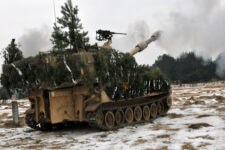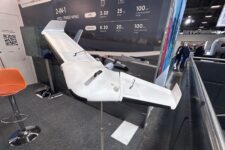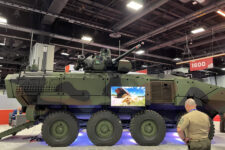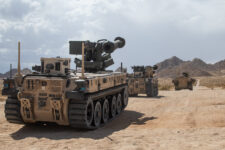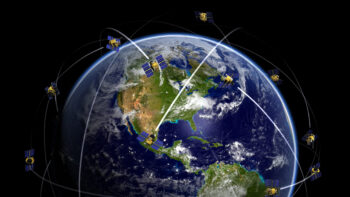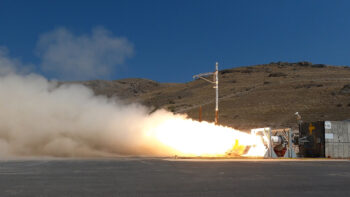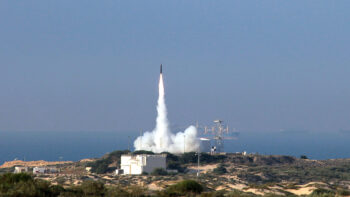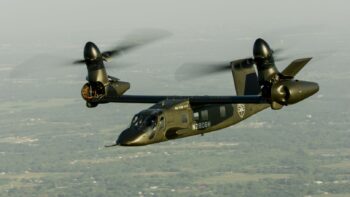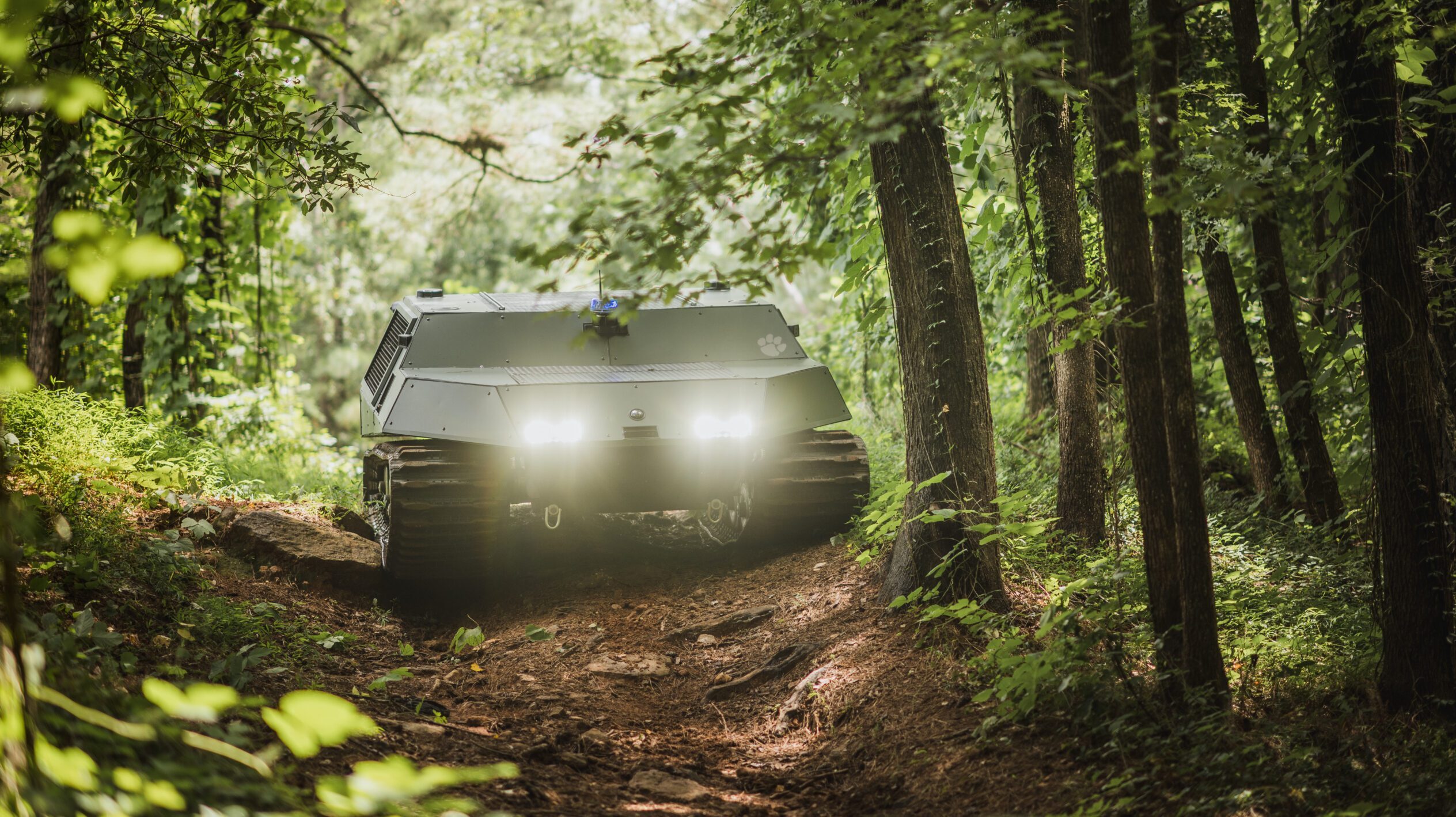
The US Army and Clemson University have teamed up to develop the Deep Orange 14 protype unmanned ground vehicle. (Clemson University)
GVSETS 2023 — The US Army has partnered with Clemson University to develop an off-road, high-speed uncrewed land vehicle, dubbed the Deep Orange 14, on display at the 15th Annual Ground Vehicle Systems Engineering & Technology Symposium, in Novi, Mich.
And while the prototype is likely to never see active use, officials from the program are confident the test-bed will serve to move the Army’s interest in unmanned ground vehicles forward.
Designed to be deployed in urban reconnaissance and natural disaster relief missions, the prototype vehicle can sense and navigate on unknown and challenging terrains, and its critical functions and autonomy algorithms can plan missions, gather information, and update maps, according to Clemson.
The platform is equipped with an intuitive user interface, lidars, cameras, and high-accuracy GPS (GNSS) and can reach 45 mph, scale 18-inch high obstacles, maneuver 60% grade surfaces and pivot 360 degrees in place in two seconds, according to Clemson. Featuring 24-inch-wide tracks, it is powered by permanent magnet synchronous motors that can produce 340 kW (456 HP) of peak power per track. This platform is also fitted with an adaptable series-hybrid powertrain and provides maneuverability and fuel economy.
A 53kWh battery allows for eight hours of low-speed silent watch capability. Additionally, its 3.0L V6 onboard diesel generator can fully replenish the battery in 30 minutes, providing additional power for the traction system during high power-demand maneuvers or serving as a mobile generator for survivors when it reaches its destination.
The platform on display at GVSETS is the second Deep Orange 14 prototype, and was built under Clemson’s flagship Deep Orange rapid vehicle prototype program — referencing the school’s color scheme. The initiative is housed within the University’s two-year master’s degree focused on systems integration in automotive engineering.
Clemson’s students worked with faculty and staff at University’s International Center for Automotive Research (CU-ICAR), along with the Army DEVCOM Ground Vehicle Systems Center (GVSC).
The partnership was designed to propel research breakthroughs in off-road vehicle autonomy, maneuverability, powertrain electrification, and digital engineering tools, which will be critical to developing next generation combat vehicles.
David Gorsich, the Army’s chief scientist at GVSC, told Breaking Defense that the branch is “very interested in high-speed off-road mobility, and that has been a challenge for an autonomous system.”
“There has been a number of programs in the army to get after that issue, and this is one of them,” Gorsich said.
The XM30 Mechanized Infantry Combat Vehicle and the Robotic Combat Vehicle (RCV) are some of the service’s initiatives which could benefit from improvements in this domain.
Clemson’s chair in Systems Integration, Chris Paredis, said that the Deep Orange 14 project can also support the Army in progressing with efforts related to advanced powertrain autonomy, software for off-road operation and virtual prototyping.
“This vehicle [Deep Orange 14] will now be used for researchers to collect data and demonstrate the capabilities of the algorithms. It is a research prototype and will not actually be used by warfighters directly. But it really allows us to dig deep into different aspects of future military vehicles in a research context,” Paredis noted.






